Some Things Change in a Timeless Landscape
I suppose this, our 10th year at Casa Verde in Vellano, is a story about all the work we have completed on the land. It is also a story about the whole of the local landscape here and the most obvious features that any guests and visitors will notice when they stay here. Essentially this landscape is part of a very hilly past medieval world, fortified over the centuries to protect people from invasion and conquest (usually from armed local neighbours from Florence, Lucca or Pisa!).
They are also places of sanctuary from what was the dangers of flood, pestilence and starvation from the underdeveloped Arno flood plain below; with it’s dangers from malaria and typhoid. The Etruscans first drained the Valdinievole and then the Romans. Here in the mountains, water, woods, plants, rocks and trees provided food, shelter and heat in the winter. Our first winters here were a surprise and joy with it’s unexpected dry weather and bright sunshine, however it could also be incredibly cold with the sweeping Tramontana winds (northwind) but only for short periods of time.
On the lower slopes of the hills that is the Valleriana are covered in hand-made terraces. These are south/southwest facing and benefit from the heat of the sun, and are sheltered from the wind. Ideal for olive trees and oil production. In the higher part of the hills traditionally, the chestnut and walnut trees provide an abundance of essential food. Chestnuts can be milled to make flour, which is sweet, great to crumble! As well as food from the forest, such as wild boar (cinghiale), deer, rabbits and wild fowl. In January, as I write, the main activities of the valley are the hunting of wild boar and the cutting and felling of trees.
These are activities that go back centuries, and mean that the local communities are very used to a sense of self sufficiency that is long gone in other parts of Italy and Western Europe. Indeed many young people, frustrated through the lack of employment in towns and cities, are returning to more traditional rural activities. Of course there are now modern methods of food production that are less physically demanding. However, you may use electric machines to tease the olives from the trees, but there is still something elemental and pleasurable about using a long cane to tap, shake and stroke the precious olives from the trees. This agrarian traditional culture means that there is always something fresh and local on the menu at anytime of the year; artichokes in April, fresh asparagus in May, figs in July, and chestnuts in October.
Stone Works at Vellano
Another element of the local landscape are the local quarries this produce one important local stone. This is known as Pietra Serena, a hard and durable stone from which many of the local houses have been constructed. Casa Verde, like many others has in it’s grounds, it’s own small quarry, from which we assume that much of it’s stone came to build Casa Verde and our neighbours house. Neighbours remember stone being ‘sledged’ down the paths behind Casa Verde in the 1940’s. It is also a stone that is easy to carve and sculpt and there are a number of highly talented sculptors (scalpellini) who have produced a number of art works around the village. In the summer they also hold an international exhibition of sculpting in the Nardini Quarry in Vellano.
In the 9 years we have been in Vellano at Casa Verde we have completed a lot of work restoring and improving the steep terraces. Discovering and planting new olive trees. Clearing and cleaning the terraces that were covered in overgrown briars, ivy and out of control acacia trees. We have cut down many of these to reveal long lost olive trees. There were a number of large fir trees that were planted, we think, during the Depression and also after the last war as a cash crop. Thesetrees are actually very unsuitable for these steep slopes with their shallow roots. They were planted to provide a quick reforestation of the hills, but these are gradually being replaced and the wood used at power stations to make electricity. This is making way for more traditional plantations of chestnut and mediterranean oak trees.
New Olives at Casa Verde
So we now have some 60 olive trees and another 20 to plant later this spring. The views from the house have become, as a result of our tree felling, even more dramatic and extensive. We hope this will be a legacy for the property for ourselves and others for many years to come.
((((((((((((((((((((((O))))))))))))))))))))))
We, as always, welcome visitors to Casa Verde in 2019, to explore this fabulous landscape.
Malcolm & Darren
See Casa Verde Here: www.tuscanyholidays-casaverde.com

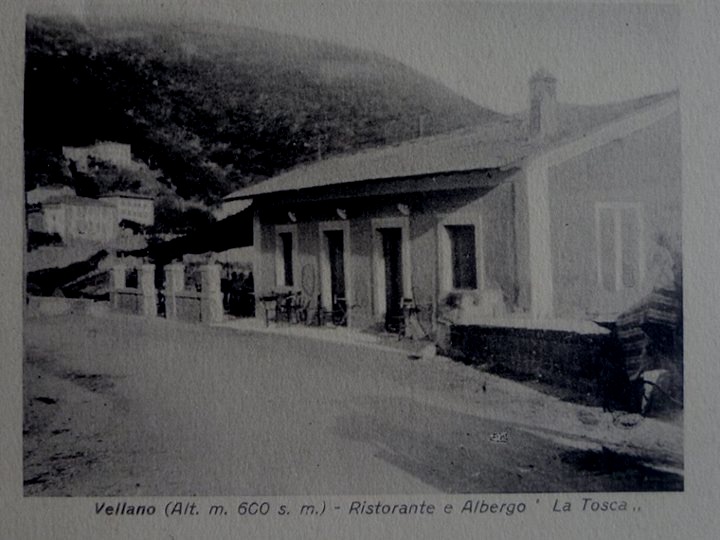
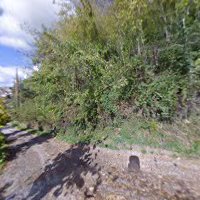
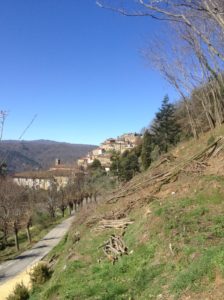
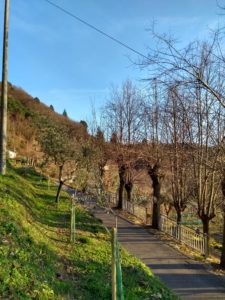
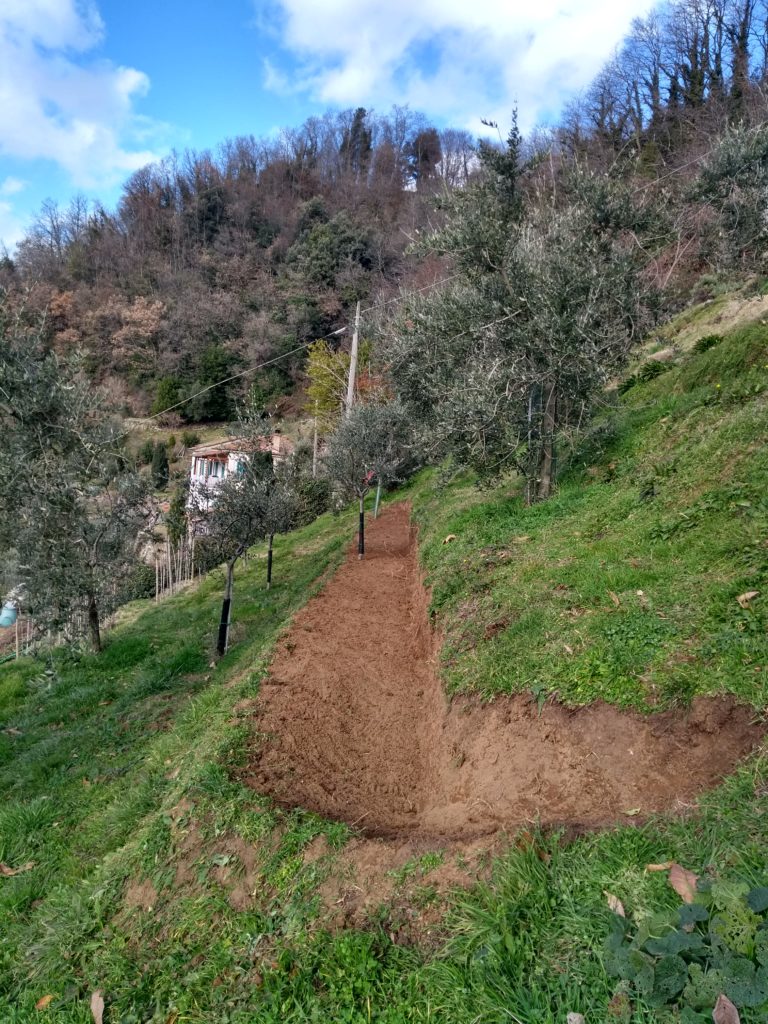

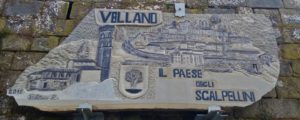
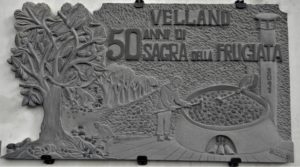
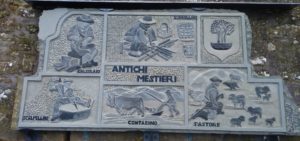
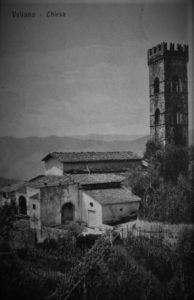
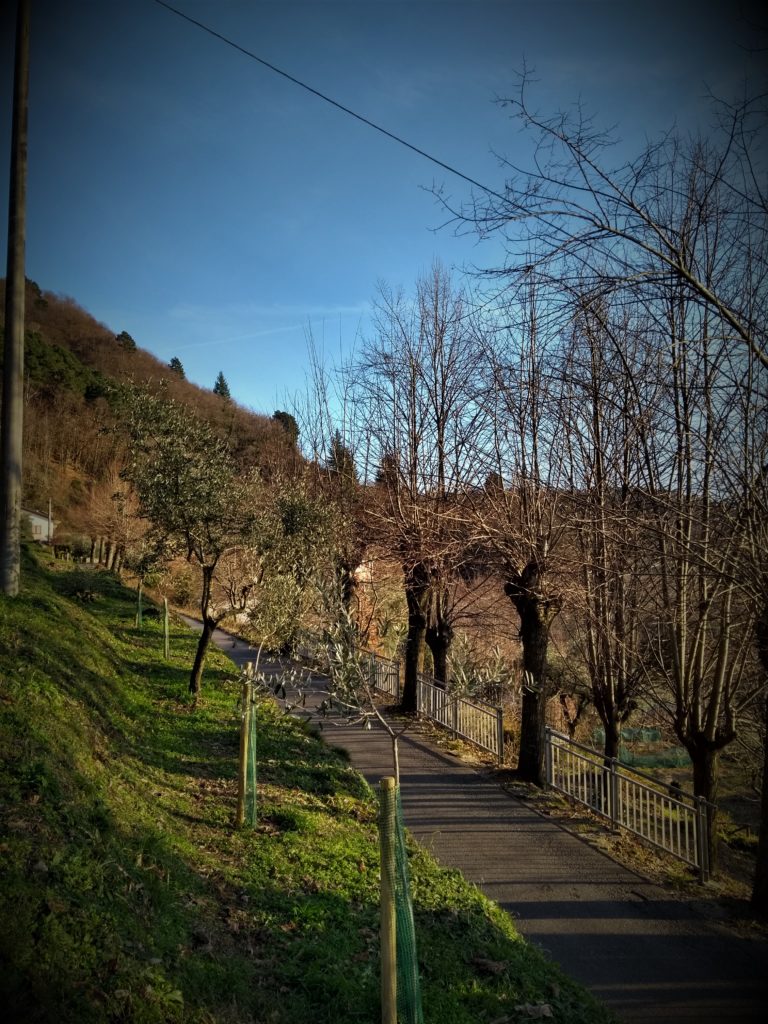
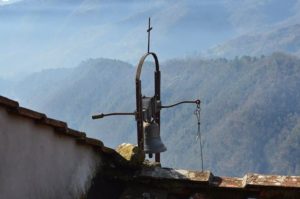
Thanks, Darren and Malcolm, I really enjoyed hearing a little history about Vellano and also all you’ve accomplished in the past ten years! I’d love to visit you up there sometime. Looking forward to seeing you soon. —Bob
Comment by Robert E. Blesse — January 26, 2019 @ 11:42 am
It is wonderful to see some of those photographs – old and new and it is reassuring to hear that younger people are showing interest in traditional activities.
I imagine you are extremely satisfied with your considerable contribution to restoration of your trees/landscape……..graft and sweat that is so worthwhile and meaningful.
Kay x
Comment by Kay — August 3, 2019 @ 7:08 pm